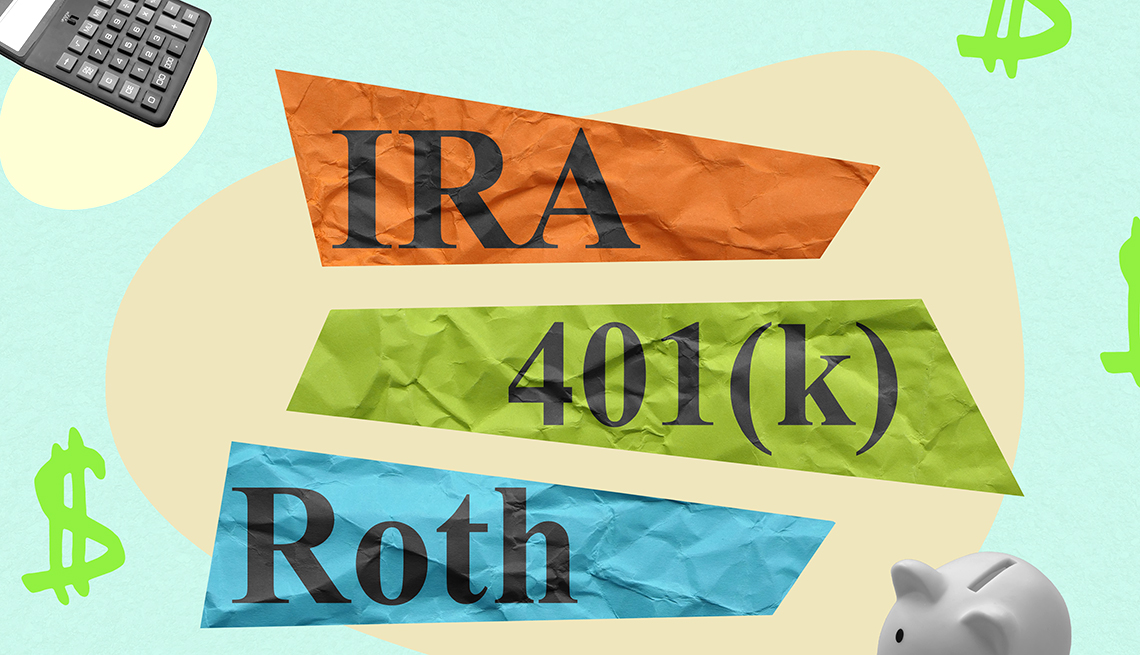Play all audios:
Let’s say you have $1 million in your 401(k). If you roll it into a Roth IRA all at once, you could saddle yourself with a massive tax bill — “in the area of $300,000,” says Ogorek. Ouch.
That’s a big number. Forking over that much cash isn’t good for two reasons. First, if you’re lucky enough to have the money in the bank to cover the tax bill, you still have to fork over a
massive six-figure payment to the IRS. Second, if you don’t have the cash available, you’ll have to pay the tax bill with your retirement account assets. And that’s a double whammy, because
you’ll have less money and fewer shares moving to the Roth IRA, which reduces your portfolio’s future growth potential. To minimize your tax bill, one strategy is to convert that $1
million in your 401(k) to a Roth IRA over, say, a four-year period. “A system in which you periodically convert over a period of years can be very effective,” says Williams. The most
tax-efficient way to execute this strategy is to figure out how much money you can roll over each year without pushing yourself into a higher tax bracket. The goal is to know what your tax
bracket ceiling is and stay under it so you don’t owe more to Uncle Sam. “Convert just enough until you reach the top of a certain tax bracket, and then stop and repeat the next year,”
Williams explains. “Do that over three or four years, and that way you’re only tapping the lower tax brackets. If you’re patient and have a tax-efficient distribution plan, doing Roth
conversions over a period of years can be very impactful.” TAKE ADVANTAGE OF WITHDRAWAL RULES A big plus of Roth IRAs is they are not subject to IRS-mandated required minimum distributions
(RMDs). In contrast, if you keep your money in a traditional 401(k), you’ll have to start taking withdrawals when you turn 72, or at age 73 if you turned 72 after Dec. 31, 2022. “That means
Roth accounts give your money more time to compound in a tax-deferred account,” Ogorek says. Converting to a Roth IRA has other benefits. You may have more investment choices in the
brokerage account that houses your Roth than you would in your company’s 401(k). You can also simplify your financial life by consolidating multiple retirement accounts into a single Roth
IRA. The biggest negative with a Roth conversion, aside from the initial tax bill you’re responsible for, is that you can’t take a loan out on your money like you can with a 401(k). In
order to take tax-free withdrawals from a Roth, you must be at least 59½ and have held the account for at least five years. Otherwise, you could owe taxes on your earnings and, possibly, a
10 percent early-withdrawal penalty, too. When all is said and done, the biggest benefit derived from a conversion to a Roth IRA is pretty simple: “You will not have to pay income taxes”
ever again on assets in the Roth, Ogorek says.

